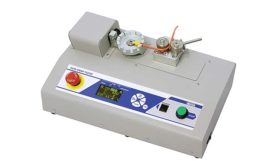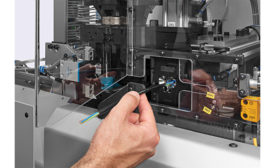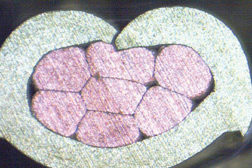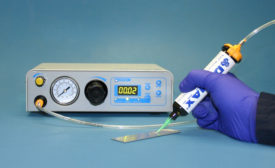Home » Keywords: » pull-force measurement
Items Tagged with 'pull-force measurement'
ARTICLES
How Well Do You Know Your Crimping Process?
Engineers need objective evidence to determine if their equipment and operators are producing quality terminations
July 22, 2019
Never miss the latest news and trends driving the manufacturing industry
Stay in the know on the latest assembly trends.
JOIN TODAY!Copyright ©2024. All Rights Reserved BNP Media.
Design, CMS, Hosting & Web Development :: ePublishing




